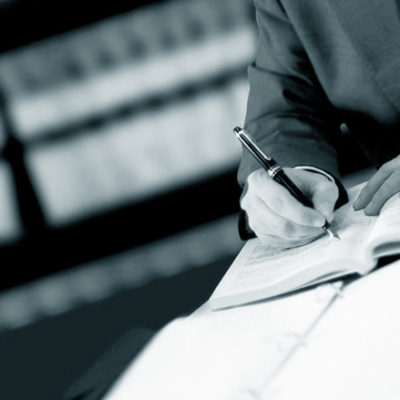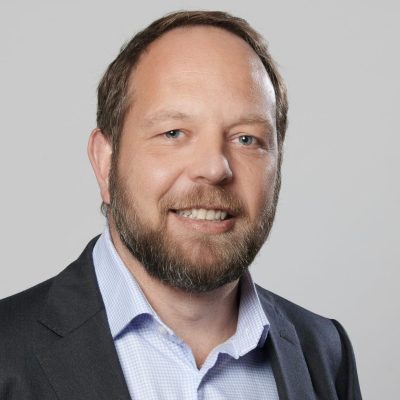Under EU law, a copyright owner cannot oppose to the use of its copyrighted work for the purpose of caricature, parody or pastiche.
In its decision of 3 September 2014 in the Deckmyn case [ECJ, 3 September 2014, Deckmyn (C-201/13)], the ECJ sets the criteria a parody should comply with to be considered legal.
The case originated from Belgium, with the use of a modified version of the cover of the Suske en Wiske comic book entitled ‘De Wilde Weldoener’ (which may roughly be translated as ‘The Compulsive Benefactor’).
The Court first decides that the the concept of ‘parody’, which appears in a provision of a directive that does not contain any reference to national laws, must be regarded as an autonomous concept of EU law and interpreted uniformly throughout the European Union.
The ECJ then goes to the question of the criteria to be used to define a parody and decides that the essential characteristics of parody are:
• to evoke an existing work, while being noticeably different from it, and;
• to constitute an expression of humor or mockery.
It is not required for the parody:
• to mock the copyrighted work (the copyrighted work may be “appropriated” to mock something else);
• that it would itself be an original work of art;
• that it could reasonably be attributed to someone else than the author of the copyrighted work;
• that it mentions the source of the parodied work.
Finally, a fair balance must be struck between the right of the author of the copyrighted work used, and, the freedom of expression of the person who makes the parody.
For instance, if the parody conveys a discriminatory message which has the effect of associating the protected work with such a message, copyright holders have, in principle, a legitimate interest in ensuring that the work protected by copyright is not associated with such a message.








